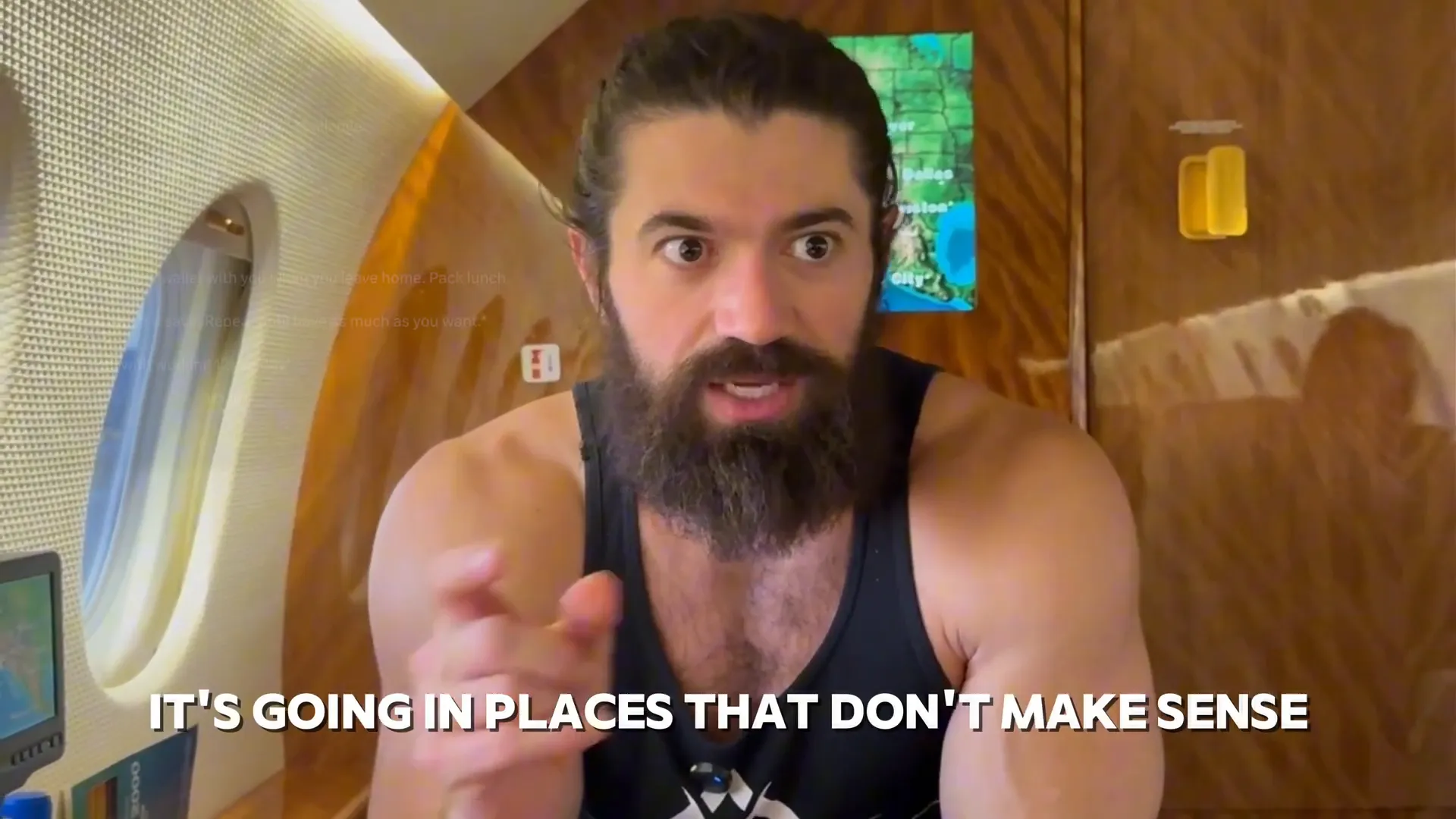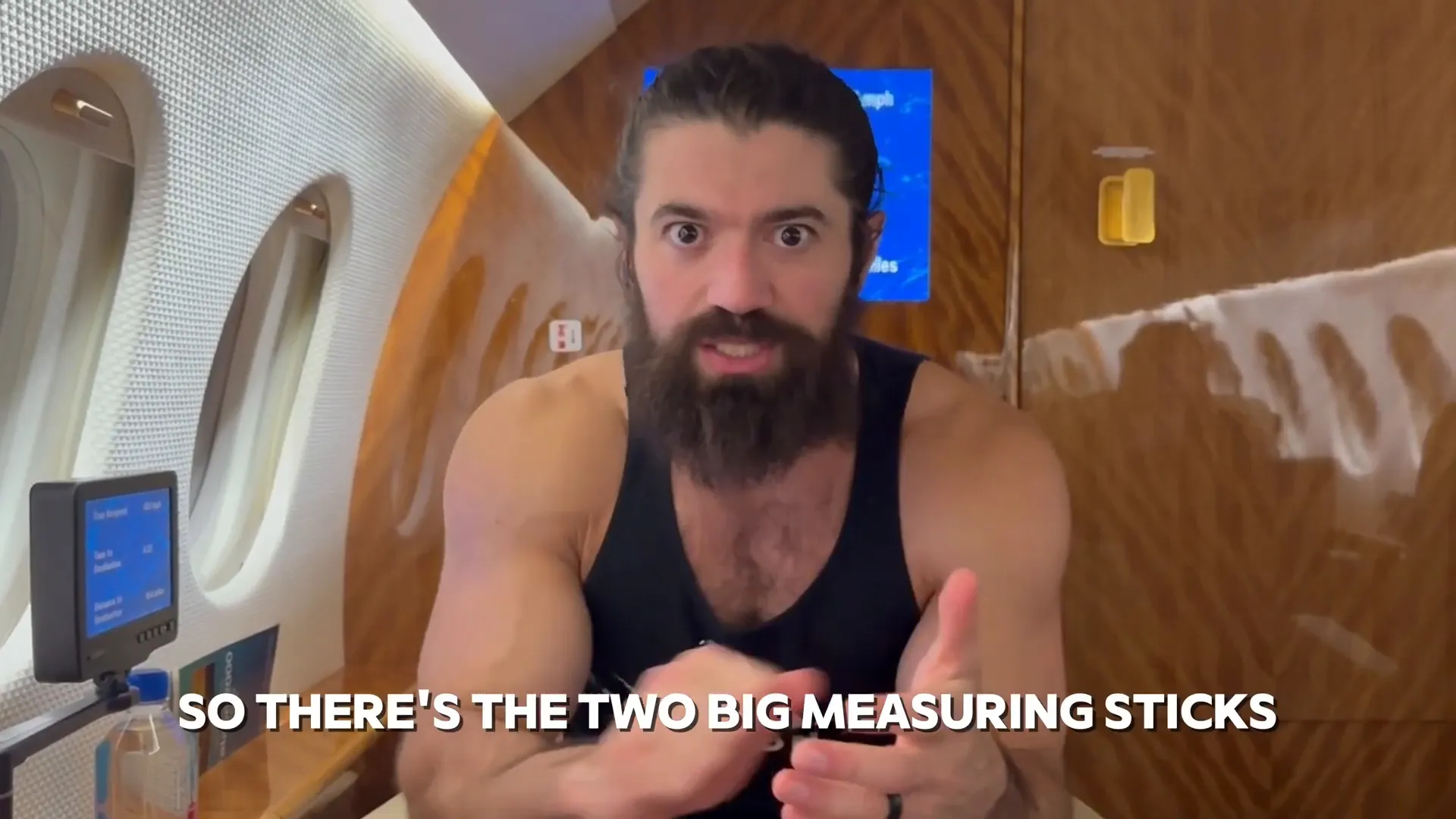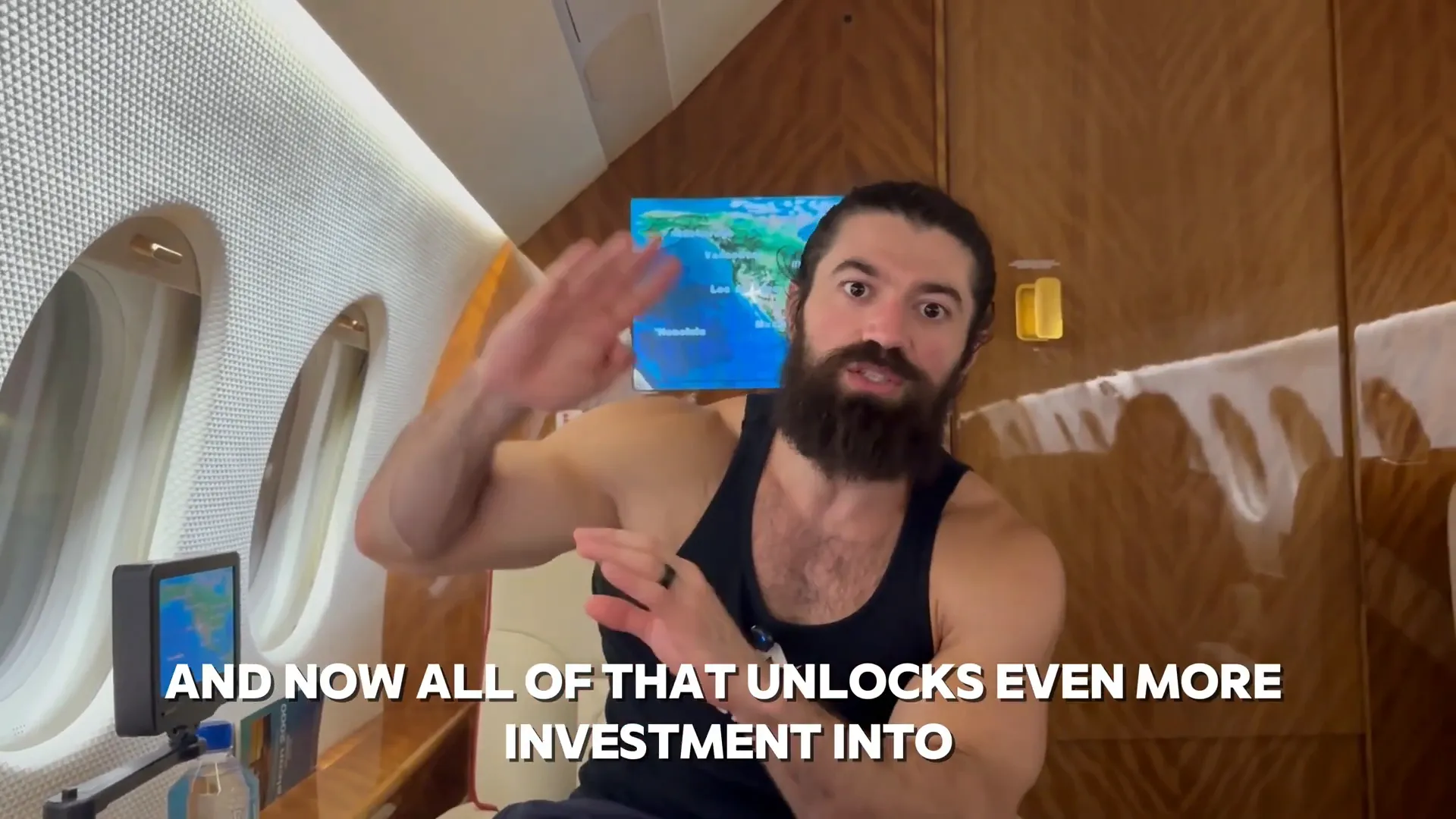Transforming Your Financial Future: 6 Steps to Wealth If You Have Less Than $10,000 Saved
Are you struggling to break free from financial constraints? In this blog, we explore essential strategies to help you transform your financial health and achieve wealth, even if you currently have less than $10,000 saved. Join us as we break down six actionable steps that can set you on the path to financial freedom.
Introduction to Financial Reality
Understanding your financial reality is the first step in transforming your financial future. Many people live in denial about their financial situation, often believing that wealth is reserved for others. However, the truth is that anyone can achieve financial success with the right mindset and strategies. Recognizing where you stand financially allows you to make informed decisions and set realistic goals.
We often hear that the average American has a negative net worth. This sobering statistic highlights the importance of financial awareness. It's crucial to take a hard look at your income, expenses, and debts to understand your starting point. With tools like GFunnel, you can track your finances effectively and create a plan tailored to your financial situation.
Understanding Wealth and Income Potential
Wealth is not merely about how much money you make; it’s about how much you keep. The average minimum wage employee will earn over a million dollars in their lifetime, and the median income can reach up to three million. Yet, many still struggle financially because they fail to manage their earnings wisely.
To build wealth, you need to adopt a mindset that prioritizes saving and investing over spending. Using platforms like GFunnel can help you visualize your income potential and create a budget that aligns with your financial goals. With the right tools and strategies, you can maximize your earnings and start building wealth today.
Challenge #1: The Buy Nothing Challenge
The first step to improving your financial situation is the Buy Nothing Challenge. This challenge encourages you to disconnect from unnecessary spending. By simply refraining from buying anything outside of your essential needs, you can significantly reduce your expenses.
Consider leaving your credit cards at home and opting for cash-only transactions. This method helps you stay mindful of your spending habits. Packing your lunch and shopping at discount grocery stores are practical ways to save money. GFunnel can assist you in tracking your spending, making it easier to adhere to this challenge and see the benefits of living frugally.

The Importance of Living Below Your Means
Living below your means is a fundamental principle of financial success. It's not about how much you earn, but how much you retain. The wealth ratio—what you earn versus what you spend—determines your financial health. This principle emphasizes the importance of spending less than you make.
Creating a budget and sticking to it can help you live below your means. GFunnel offers budgeting tools that enable you to allocate your income wisely, ensuring that you prioritize savings and investments. By adopting a conservative approach to your expenses, you can build a stable financial foundation.
Shifting Mindsets: From Victim to Victor
Shifting your mindset from a victim mentality to a victor mentality is crucial for financial transformation. Many individuals feel that their financial struggles are due to external factors, but the power to change your situation lies within you. You must take responsibility for your financial decisions and recognize that you can control your financial destiny.
Deciding to become wealthy is the first step in this transformation. A proactive approach to your finances, combined with the right tools like GFunnel, can help you break free from limiting beliefs and empower you to take charge of your financial future.

Recognizing the Debt Trap
Understanding the debt trap is crucial for anyone looking to improve their financial situation. Many people unknowingly fall into a cycle of debt, where a significant portion of their income goes toward servicing loans and credit card bills. In fact, statistics show that around 35% of the average American's paycheck is allocated to debt repayment. This can create a vicious cycle that prevents you from saving or investing for the future.
To break free from this cycle, it's essential to recognize what constitutes debt. Mortgages, car loans, and credit card balances all contribute to your overall debt load. By acknowledging these obligations, you can start to strategize on how to pay them down effectively.
Using tools like GFunnel can help you visualize your debt and track your repayment progress. By understanding the true impact of your debt, you can make informed decisions about how to tackle it and move toward financial freedom.
Step 1: Establishing an Emergency Fund
The first step to regaining control over your finances is to establish an emergency fund. This fund should ideally contain three to six months' worth of living expenses. It's not just about saving; it's about creating a financial safety net that allows you to handle unexpected expenses without resorting to debt.
Many people underestimate the importance of having an emergency fund. When you have this cushion, you're less likely to panic when unexpected costs arise, such as car repairs or medical bills. Instead of reaching for a credit card, you can use your emergency fund to cover these costs.

Step 2: Paying Off Debt Strategically
Once you have your emergency fund in place, the next step is to tackle your debt strategically. There are two primary approaches to paying off debt: the logical way and the psychological way. The logical approach focuses on paying off the highest interest debts first, while the psychological approach emphasizes paying off smaller debts quickly to build momentum.
While it may seem counterintuitive, starting with smaller debts can provide quick wins that motivate you to continue. For example, if you have three credit cards with balances of $1,000, $500, and $200, you might want to pay off the $200 card first. This sense of accomplishment can boost your confidence and keep you engaged in the repayment process.
GFunnel can assist you in tracking your debts and creating a repayment plan that aligns with your financial goals. By visually monitoring your progress, you can stay motivated and focused on becoming debt-free.

Step 3: Expanding Your Emergency Savings
Once you've made significant strides in paying off debt, it's time to expand your emergency savings. Initially, you may have aimed for a modest fund of $1,000 to $5,000, but this is merely a starting point. True financial security comes from having three to six months' worth of living expenses saved up.
Having a robust emergency fund not only reduces anxiety but also empowers you to seize opportunities that may arise. When you know you have a financial cushion, you're more likely to take calculated risks that could lead to greater financial rewards.
Consider placing your emergency savings in a high-yield savings account to earn interest while keeping your funds accessible. This added layer of financial growth can make your savings work harder for you.

Step 4: Reducing Risky Spending
As you move toward financial stability, it's essential to reevaluate your spending habits. Reducing risky spending is crucial in maintaining your financial health. Start by identifying non-essential expenses that can be trimmed from your budget.
For instance, if you have a car lease, consider turning it in and purchasing a reliable used vehicle outright. This decision can free up cash that can be redirected toward savings or investments. Additionally, if you find yourself dining out frequently, try cooking at home more often to save money.
GFunnel can help you analyze your spending patterns and identify areas for improvement. By tracking your expenses, you can become more mindful of your purchasing decisions and prioritize your financial goals.

Step 5: Investing 15% of Your Income
Investing a portion of your income is a critical step in building wealth. By allocating 15% of your pre-tax income towards investments, you set yourself up for long-term financial growth. This strategy not only helps you build wealth but also positions you to take advantage of compounding interest.
Automating your investments can simplify this process. By setting up automatic transfers to your investment accounts, you can ensure that your savings grow without the temptation to spend that money elsewhere. Platforms like GFunnel can help you streamline this process, allowing you to focus on building your wealth rather than managing your investments manually.

The Importance of Daily Financial Awareness
Daily financial awareness is essential for maintaining control over your finances. Checking your accounts regularly allows you to track your income and expenses, ensuring that you stay within your budget. This practice helps you identify spending habits that may be undermining your financial goals.
Utilizing tools like GFunnel can enhance your financial awareness. By providing real-time insights into your spending patterns, you can make informed decisions that align with your wealth-building objectives. The more you understand your financial situation, the better equipped you will be to make strategic changes.

Step 6: Paying Off Your Mortgage
Paying off your mortgage is a significant milestone in your financial journey. Once your mortgage is eliminated, you free up a substantial portion of your income that can be redirected towards investments or savings. This step not only reduces your financial burden but also increases your overall net worth.
Consider refinancing your mortgage to secure lower interest rates or switch to a 15-year fixed mortgage. These options can help you pay off your mortgage faster, ultimately saving you money in the long run. GFunnel can assist you in comparing mortgage options, ensuring that you make the best financial decision for your situation.

Maximizing Your Earning Potential
Maximizing your earning potential is crucial for achieving your financial goals. This involves seeking opportunities to increase your income, whether through additional job shifts, freelance work, or investing in your education to acquire new skills. The more you earn, the more you can save and invest towards your future.
Taking on side jobs or freelance work can significantly boost your income. If you can earn an extra $2,500 a month and invest that money, you can build a substantial nest egg over time. GFunnel can help track your additional income and ensure that it is allocated appropriately to your investment accounts.

In conclusion, transforming your financial future is a journey that requires dedication and strategic planning. By following these steps—investing a portion of your income, maintaining daily financial awareness, paying off your mortgage, and maximizing your earning potential—you can set yourself on a path to financial freedom. Utilizing tools like GFunnel can further enhance your journey, making it easier to manage your finances and achieve your wealth-building goals.
Made with VideoToBlog